High above the clouds, where the air thins and the world feels completely cut off from civilization, something extraordinary happens. Mountains don’t just rise from the earth—they become living laboratories where nature experiments with life itself. These towering giants act like botanical islands, trapping plants and forcing them to evolve in ways that would make Darwin himself gasp in amazement. What emerges from this isolation isn’t just survival—it’s the birth of entirely new species that exist nowhere else on Earth.
The Mountain Prison That Sparks Evolution

When plants find themselves trapped on a mountain, they face a choice that’s both simple and terrifying—adapt or die. The mountain becomes their prison, cutting them off from their relatives in the valleys below. Over thousands of years, these isolated populations begin to change in ways that seem almost magical. They develop new colors, strange leaf shapes, and survival strategies that would seem impossible in the lowlands. It’s like nature’s own version of a mad scientist’s laboratory, where the impossible becomes reality through sheer necessity.
The barriers that mountains create aren’t just physical—they’re biological walls that reshape the very essence of life. Temperature drops, oxygen levels plummet, and seasons become harsh tests of endurance. Plants that once thrived in gentle valley conditions must reinvent themselves completely. Some develop thick, waxy leaves to survive brutal winds, while others create entirely new chemical compounds to protect against intense UV radiation. The mountain doesn’t just change where plants live—it changes what they are.
Think of it like being locked in a room with only basic tools and being forced to invent everything you need to survive. That’s exactly what happens to plants on isolated peaks. They can’t rely on their old tricks anymore because the rules of the game have completely changed. Wind patterns shift, pollinators disappear, and soil chemistry transforms into something alien. These plants become evolutionary pioneers, blazing trails that their lowland cousins could never imagine.
The truly mind-blowing part is how quickly this transformation can happen. While we think of evolution as a slow, gradual process, mountain isolation can create dramatic changes in just a few thousand years. It’s like watching a time-lapse video of nature’s creativity, where each generation of plants becomes more uniquely adapted to their vertical world. The mountain doesn’t just isolate—it accelerates the very process of becoming something new.
Sky Islands: Where Ordinary Plants Become Extraordinary

Picture Arizona’s desert landscape, dotted with mountains that rise like islands from a sea of cactus and sand. These “sky islands” create pockets of cool, moist habitat that are completely cut off from similar environments hundreds of miles away. Plants that colonized these peaks thousands of years ago found themselves in a botanical version of the Galapagos Islands. Each mountain top became its own world, with its own rules and its own evolutionary destiny.
The Chiricahua Mountains harbor plants that exist nowhere else on Earth, species that have evolved in complete isolation from their nearest relatives. These aren’t just slight variations—they’re plants that have developed entirely new ways of surviving in their aerial habitat. Some have leaves that curl in unique patterns to capture moisture from passing clouds, while others have root systems that dig impossibly deep into rocky crevices. It’s like each mountain peak became a different planet with its own laws of physics.
What makes sky islands particularly fascinating is how they preserve ancient plant communities that disappeared everywhere else. These mountains act like time capsules, protecting species that once covered vast areas but retreated upward as climates changed. The plants didn’t just survive—they thrived and evolved into something completely new. It’s nature’s way of keeping backup copies of life, stored safely above the chaos of the changing world below.
The isolation isn’t just geographical—it’s ecological. A plant living on one sky island might be only fifty miles from its cousin on another peak, but that distance might as well be a thousand miles. The desert valley between them creates an impassable barrier that’s more effective than any ocean. This separation allows each population to evolve independently, creating a collection of related but distinct species that tell the story of evolution in fast-forward.
The Alpine Greenhouse Effect: Extreme Conditions, Extreme Adaptations
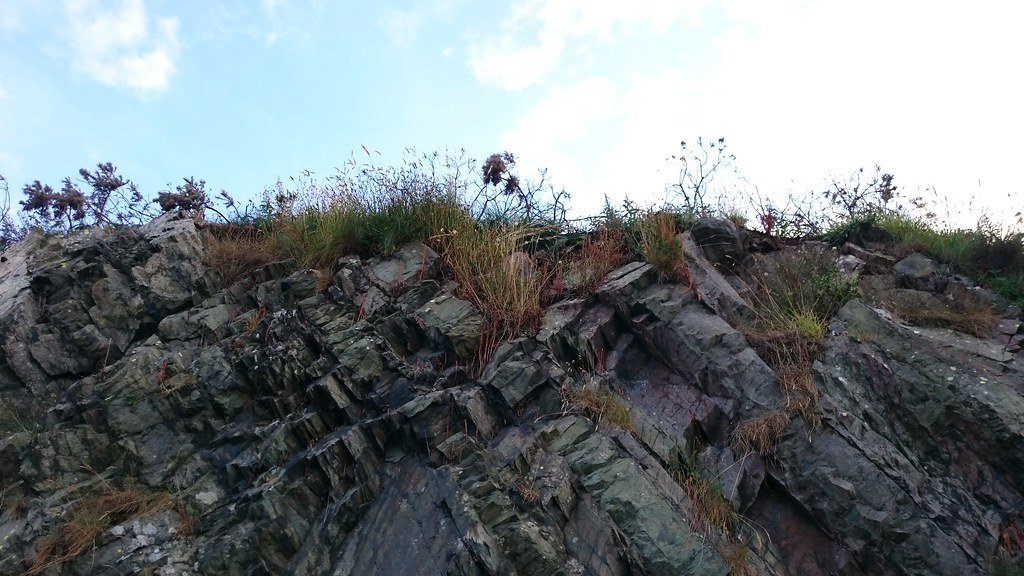
Above the treeline, where most plants would simply give up and die, some species have learned to thrive in conditions that seem impossible for life. The intense solar radiation, bone-chilling temperatures, and hurricane-force winds create an environment that’s more like Mars than Earth. Yet plants have found ways to not just survive but flourish in this alien landscape. They’ve become nature’s ultimate survivors, developing adaptations that would make a space engineer jealous.
These alpine plants have mastered the art of living in extremes. They grow in tight cushions that trap warm air like natural greenhouses, creating their own microclimates that can be twenty degrees warmer than the surrounding air. Some species have developed leaves covered in dense hairs that act like natural insulation, while others have learned to photosynthesize at temperatures that would kill most plants. It’s like they’ve developed their own built-in heating systems and protective suits.
The really shocking part is how these plants have learned to make the most of impossibly short growing seasons. While valley plants have months to grow and reproduce, alpine species might have only a few weeks of favorable conditions. They’ve evolved to go from dormancy to full bloom in a matter of days, cramming an entire life cycle into a window that most plants would consider a brief warm spell. It’s evolution under pressure, where every day counts and every adaptation can mean the difference between survival and extinction.
What’s truly remarkable is how these extreme conditions have triggered entirely new evolutionary pathways. Plants that were once ordinary valley dwellers have become something that seems almost alien. They’ve developed new pigments that protect against UV radiation, creating flowers in colors that don’t exist at lower elevations. Some have even learned to grow in pure rock, sending roots into cracks in granite cliffs where there’s barely any soil at all.
Volcanic Isolation: When Fire Creates New Life

Volcanic mountains present the ultimate test of plant evolution—landscapes literally born from fire and molten rock. When a volcano erupts and creates new land, it’s like nature hitting the reset button on evolution. The first plants to colonize these sterile landscapes face conditions that are hostile beyond imagination. Yet some species don’t just survive—they thrive and evolve into forms that would be impossible anywhere else on Earth.
Hawaii’s volcanic peaks tell this story perfectly. Plants that arrived as seeds on the wind or in the guts of birds found themselves on islands that were completely isolated from the rest of the world. With no competition and no predators, these pioneer species exploded into an incredible diversity of forms. A single ancestral species might evolve into dozens of different varieties, each adapted to a specific niche in the volcanic landscape. It’s like watching evolution in hyperdrive, where the usual rules simply don’t apply.
The chemical composition of volcanic soil creates challenges that force plants to develop entirely new survival strategies. Heavy metals that would poison most plants become part of the local ecosystem, leading to species that can actually thrive in conditions that would kill their mainland relatives. Some plants have evolved to concentrate these metals in their tissues, becoming living mines that extract precious elements from the earth. It’s a partnership between plant and planet that creates something entirely new.
What makes volcanic mountains particularly fascinating is how they create stepping stones for evolution. As lava flows cool and new soil develops, plants gradually colonize higher and higher elevations. Each new zone presents different challenges, leading to rapid speciation as populations adapt to their specific elevation and microenvironment. The mountain becomes a living laboratory where evolution experiments with every possible combination of traits.
The Convergent Evolution Phenomenon: Similar Solutions, Different Origins

One of the most mind-bending aspects of mountain plant evolution is how completely unrelated species develop remarkably similar solutions to the same environmental challenges. Plants from different continents and different evolutionary lineages end up looking almost identical because they’ve faced similar mountain conditions. It’s like nature keeps coming up with the same brilliant ideas, even when working with completely different starting materials.
Take the cushion plants found on mountains around the world—from the Andes to the Himalayas to the Rocky Mountains. These plants look so similar that you’d swear they were close relatives, but genetic analysis reveals they evolved from completely different plant families. The mountain environment essentially sculptured them into the same form, proving that there are only so many ways to survive in the harsh world above the clouds. It’s convergent evolution at its most dramatic, where the environment becomes the artist and plants become the clay.
The succulent rosettes found on high mountains tell the same story. Whether you’re looking at the giant groundsels of Mount Kilimanjaro or the sword plants of the Andes, these species have developed similar strategies for surviving in their vertical worlds. They’ve independently evolved thick, waxy leaves, compact growth forms, and specialized water storage systems. It’s like nature keeps reaching into the same toolbox, even when working on completely different continents.
This convergence isn’t just about physical appearance—it extends to physiological adaptations as well. Plants from different mountain ranges have independently evolved the same biochemical pathways for dealing with extreme temperatures and high UV radiation. They’ve developed similar antifreeze compounds, identical protective pigments, and matching strategies for efficient photosynthesis in thin air. It’s proof that mountains don’t just create unique species—they create predictable patterns of evolution that repeat across the globe.
Glacial Refugia: Ancient Survivors in Vertical Sanctuaries
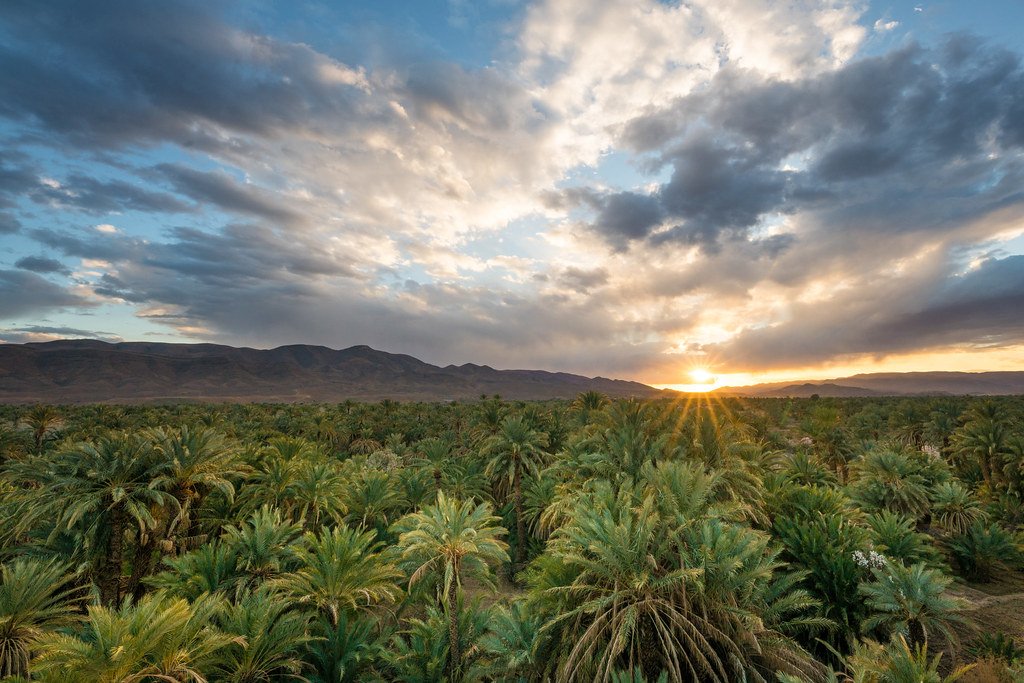
During the ice ages, when glaciers covered most of the northern continents, mountains served as refugia—safe havens where plants could survive the frozen apocalypse. These vertical sanctuaries preserved genetic diversity that would have been lost forever if not for the protective embrace of high peaks. Plants that retreated to these mountain refugia didn’t just survive—they evolved in isolation, developing traits that set them apart from their lowland ancestors.
The Appalachian Mountains harbor living fossils—plants that have survived virtually unchanged for millions of years in their mountain strongholds. These species offer a window into ancient worlds, showing us what forests looked like when dinosaurs still walked the Earth. But they’re not just museum pieces—they’re active participants in ongoing evolution, constantly adapting to changing conditions while maintaining their essential ancient character. It’s like having a conversation with the deep past while watching the future unfold.
What makes these glacial refugia particularly fascinating is how they’ve become genetic treasure troves. Plants that were once widespread across entire continents now exist only in these mountain sanctuaries, carrying genetic information that tells the story of past climates and evolutionary pressures. Some species have developed such specialized adaptations to their mountain environments that they can no longer survive anywhere else. They’ve become permanent residents of the vertical world, unable to return to the lowlands that their ancestors once called home.
The isolation of these refugia has created what scientists call “cryptic species”—plants that look almost identical but are genetically distinct. These hidden species represent evolutionary experiments that occurred in complete isolation, where small populations developed unique genetic signatures while maintaining their overall appearance. It’s evolution’s way of creating backup copies with subtle but important differences, ensuring that genetic diversity is preserved even in the smallest populations.
The Pollinator Paradox: When Isolation Changes Reproduction
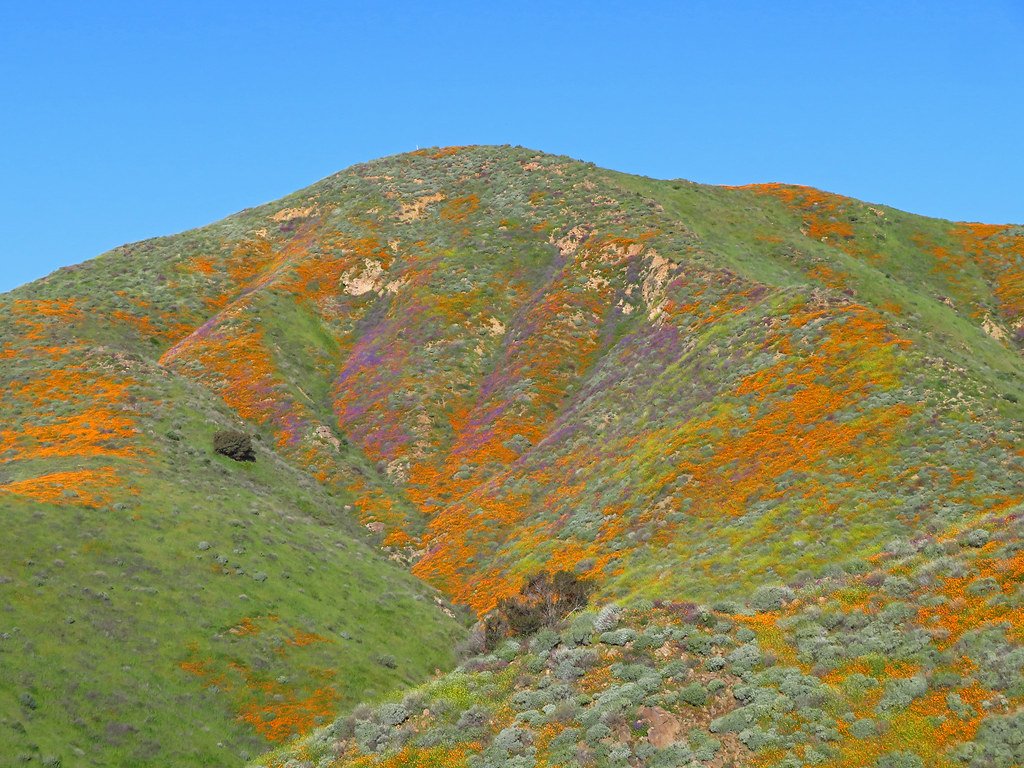
High on mountain peaks, where pollinators are scarce and unpredictable, plants have had to reinvent the entire process of reproduction. The bees, butterflies, and other insects that plants depend on in the lowlands simply can’t survive in the harsh mountain environment. This creates a reproductive crisis that forces plants to develop entirely new strategies for making babies. Some have learned to self-pollinate, while others have evolved relationships with the few hardy insects that can survive at high elevations.
The flowers that bloom on mountain peaks often look completely different from their lowland relatives. They’ve evolved intense colors that can attract pollinators from enormous distances, creating displays that seem almost artificially bright against the stark mountain landscape. Some species have developed flowers that are disproportionately large for their size, turning the entire plant into a giant beacon for any passing insect. It’s like nature’s version of a neon sign, designed to grab attention in a world where pollinators are precious and rare.
Perhaps the most remarkable adaptation is how some mountain plants have learned to reproduce without pollinators at all. They’ve developed the ability to produce seeds through a process called apomixis, essentially creating genetic clones of themselves. This might seem like an evolutionary dead end, but it’s actually a brilliant survival strategy that ensures reproduction even when pollinators are completely absent. It’s like having a backup plan for life itself, guaranteeing that the species will continue even in the face of complete isolation.
The timing of flowering in mountain environments tells an equally fascinating story. Many species have evolved to bloom all at once in massive, synchronized displays that maximize their chances of attracting the few available pollinators. This creates spectacular but brief wildflower seasons where entire mountainsides explode into color for just a few weeks each year. It’s nature’s way of concentrating all its reproductive effort into the narrow window when conditions are favorable and pollinators are most active.
Carnivorous Adaptations: When Plants Become Predators
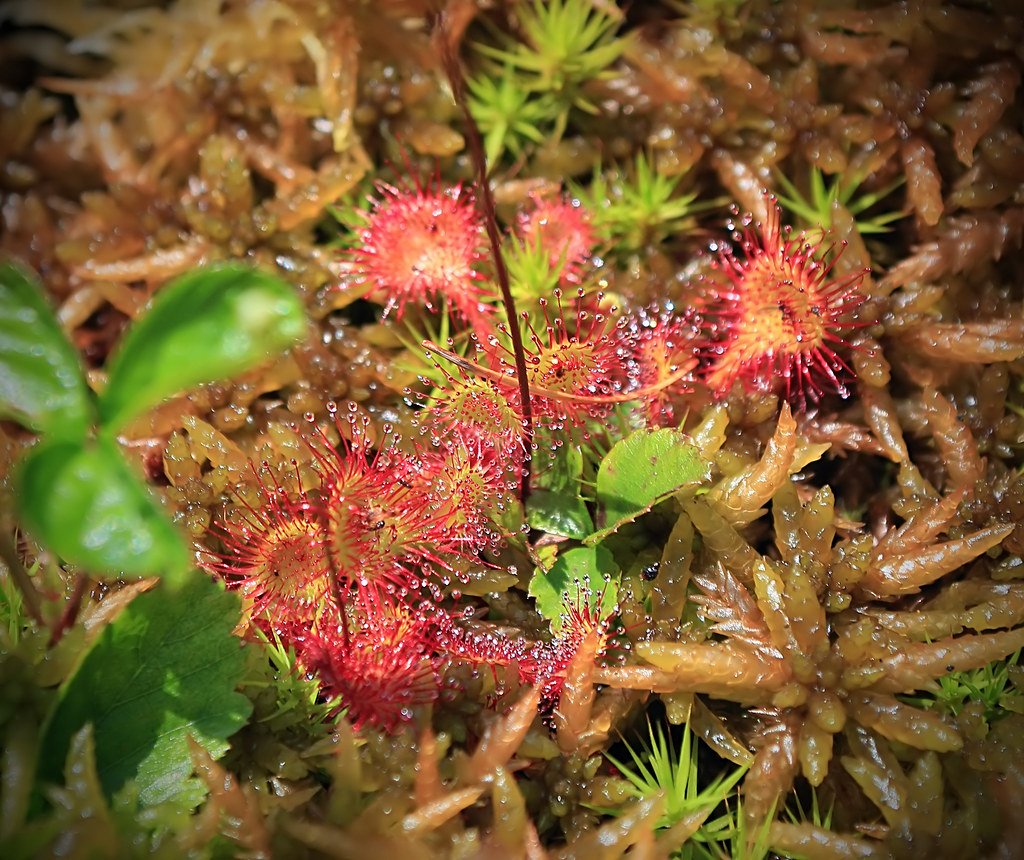
In the nutrient-poor soils of many mountain environments, some plants have evolved one of the most shocking adaptations in the natural world—they’ve become carnivorous. These botanical predators have developed elaborate traps and digestive systems that allow them to supplement their diet with insects and other small animals. It’s like evolution decided that if the soil couldn’t provide enough nutrition, the plants would have to hunt for their own food.
Mountain sundews and butterworts create sticky traps that capture unwary insects, while some species have evolved pitcher-like structures that function as natural death chambers. These plants haven’t just adapted to poor soil conditions—they’ve turned their nutritional challenge into a hunting opportunity. The insects that get caught provide essential nutrients like nitrogen and phosphorus that are often scarce in high-altitude environments. It’s a perfect example of how extreme conditions can drive evolution in completely unexpected directions.
What makes mountain carnivorous plants particularly fascinating is how they’ve fine-tuned their hunting strategies to the specific conditions of their environment. Some species have developed traps that are specifically designed to catch the types of insects that are common at high elevations. Others have evolved mechanisms that allow them to digest their prey more efficiently in the cold temperatures that characterize mountain environments. It’s predation refined to a science, where every aspect of the hunting process has been optimized for maximum efficiency.
The evolutionary pressure that drives plants to become carnivorous is so intense that it’s happened independently multiple times in different mountain ranges. Plants from completely unrelated families have convergently evolved similar carnivorous adaptations, proving that when conditions are right, evolution will always find a way to turn plants into predators. It’s one of the most dramatic examples of how mountain isolation can drive life in completely unexpected directions.
Parasitic Partnerships: When Isolation Breeds Dependence
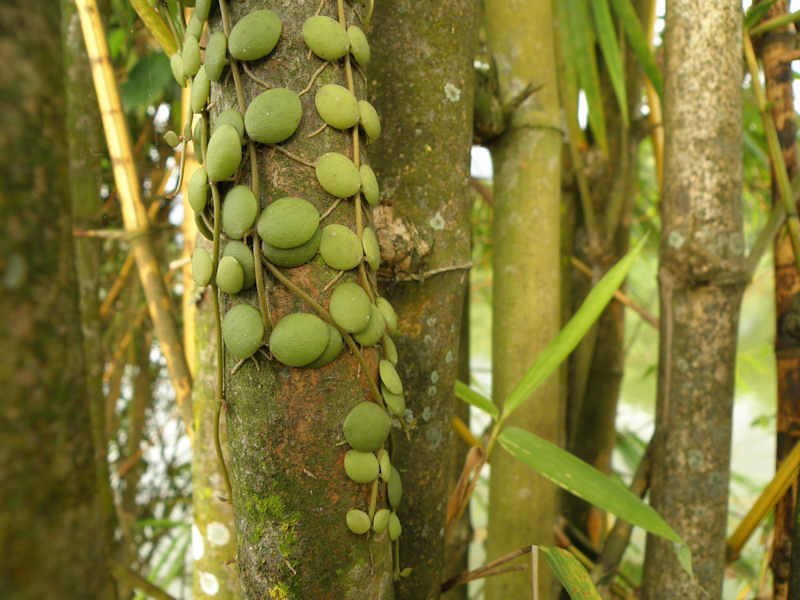
In the harsh world of mountain peaks, some plants have evolved a strategy that would make any survivalist proud—they’ve learned to steal resources from their neighbors. These parasitic plants have given up photosynthesis entirely, instead tapping into the root systems of other plants to steal water, nutrients, and even energy. It’s like biological piracy, where plants have evolved to live off the hard work of their hosts.
Mountain environments are particularly rich in these parasitic relationships because the harsh conditions make it extremely difficult for plants to survive independently. Rather than face the challenge alone, some species have evolved to become completely dependent on other plants for their survival. They develop specialized root structures that can penetrate the tissues of their hosts, creating connections that are so intimate they’re almost like shared circulatory systems. It’s partnership taken to an extreme, where the line between individual plants becomes completely blurred.
What’s particularly fascinating about mountain parasites is how they’ve evolved to be incredibly selective about their hosts. Some species can only parasitize one specific type of plant, creating evolutionary partnerships that have been refined over millions of years. The parasite doesn’t just steal from its host—it’s evolved to take exactly what it needs without killing the plant that supports it. It’s like a perfectly calibrated biological tax system, where the parasite takes its share while ensuring the host remains healthy enough to continue providing support.
The isolation of mountain environments has led to some truly bizarre parasitic relationships that exist nowhere else on Earth. Some parasitic plants have evolved to look exactly like their hosts, creating a form of botanical camouflage that makes them nearly impossible to detect. Others have developed the ability to manipulate their hosts’ growth patterns, essentially turning them into living support structures. It’s evolution’s way of proving that even the most extreme dependencies can become successful survival strategies.
The Dwarfing Effect: When Growing Small Becomes Huge

High in the mountains, where every gram of weight matters and every square inch of space is precious, many plants have evolved to become miniature versions of their lowland relatives. This isn’t just about growing slowly—it’s about completely reimagining what it means to be a plant. These dwarf species pack all the complexity of their full-sized cousins into packages that are sometimes hundreds of times smaller. It’s like nature’s version of nanotechnology, where everything that makes a plant work has been condensed into the smallest possible space.
The dwarfing effect is so extreme in some mountain environments that entire forests exist that are only a few inches tall. These plants have all the characteristics of their giant lowland relatives—complex branching patterns, seasonal leaf changes, and reproductive structures—but everything is scaled down to survive in the hostile mountain environment. Walking through these miniature forests is like entering a fairy tale world where the normal rules of plant growth simply don’t apply.
What makes mountain dwarfing particularly remarkable is how these plants have maintained their complexity while reducing their size. They haven’t just become smaller versions of their ancestors—they’ve developed entirely new proportions and growth patterns that maximize their efficiency in the mountain environment. Some species have evolved root systems that are proportionally much larger than their above-ground parts, creating plants that are essentially icebergs of biological activity with only tiny portions visible above the surface.
The evolutionary pressure that creates these dwarf plants is so intense that it can happen surprisingly quickly. Plants that colonize new mountain environments can show significant size reduction in just a few generations. It’s like watching evolution work in real-time, where the mountain environment acts as a sculptor, gradually shaping plants into forms that are perfectly adapted to their vertical world. The result is a collection of species that prove that sometimes the smallest solutions can be the most elegant.
Chemical Warfare: Toxic Defenses in Thin Air

When you’re stuck on a mountain peak with nowhere to run, chemical warfare becomes your best defense. Mountain plants have evolved some of the most potent toxic compounds in the plant kingdom, turning themselves into natural chemical weapons factories. These plants don’t just defend themselves—they wage biological warfare against anything that might threaten their survival. It’s like each plant becomes its own military-industrial complex, producing an arsenal of compounds that would make a chemist’s head spin.
The isolation of mountain environments has led to the evolution of entirely new classes of defensive compounds. Some mountain plants produce toxins that are so potent they can kill large animals with just a small dose. Others have evolved compounds that interfere with the nervous systems of insects, creating botanical nerve agents that provide perfect protection against herbivores. It’s chemical evolution pushed to its absolute limits, where plants become living laboratories for biological warfare research.
What makes mountain plant toxins particularly fascinating is how they’ve evolved to be highly specific to the threats that exist in their environment. Plants growing in areas with specific types of herbivores have developed toxins that target exactly those animals, creating perfect chemical solutions to ecological problems. Some species have even evolved the ability to change their chemical profiles in response to different types of threats, becoming shape-shifting chemical warriors that can adapt their defenses in real-time.
The concentration of these toxic compounds in mountain plants is often orders of magnitude higher than in their lowland relatives. It’s like the harsh mountain environment has turned up the volume on chemical defense, creating plants that are essentially toxic waste dumps disguised as pretty flowers. This chemical arms race has led to some of the most potent natural toxins known to science, compounds that are so effective they’re being studied for potential use in medicine and agriculture.
Seed Dispersal Innovations: Spreading Life in Impossible Places

Getting your offspring to safety when you’re stuck on a mountain peak requires some serious engineering creativity. Mountain plants have evolved seed dispersal mechanisms that would make NASA engineers jealous. They’ve developed seeds with wings that can glide for miles, hooks that can catch onto the fur of passing animals, and explosive mechanisms that can launch seeds across vast distances. It’s like each plant has become its own space program, designed to colonize new worlds in the vertical frontier.
Some mountain plants have evolved seeds that are so light they can float on air currents for hundreds of miles, essentially using the wind as a global delivery system. These seeds are often equipped with elaborate parachutes, propellers, or gliding surfaces that allow them to navigate air currents with remarkable precision. It’s aerial navigation at its finest, where seeds become tiny aircraft capable of finding suitable landing sites across enormous distances.
The timing of seed release in mountain environments is often synchronized with specific weather patterns that maximize dispersal success. Some plants have evolved to release their seeds only during
The Genetic Time Bombs: When Isolation Goes Too Far

While isolation creates botanical wonders, it also sets dangerous evolutionary traps that can spell doom for mountain species. When plant populations become too small and cut off from genetic exchange, they start experiencing what scientists call ‘genetic bottlenecks’ – essentially becoming victims of their own success at adapting to extreme environments. These isolated populations begin breeding with close relatives, weakening their genetic diversity and making them incredibly vulnerable to diseases, climate shifts, or even minor environmental changes. It’s like putting all your evolutionary eggs in one very precarious basket perched on a cliff edge. Some mountain plants have become so specialized and genetically isolated that they’re essentially living fossils – beautiful but fragile remnants that could disappear with a single bad season. The most heartbreaking part? Many of these species are so rare that we’re discovering them just as they’re vanishing forever, victims of their own evolutionary ingenuity.
When Mountains Become Living Laboratories

Picture this: you’re hiking up a remote mountain peak, and suddenly you stumble upon a flower that exists nowhere else on Earth. That’s not just lucky timing – it’s evolution in action, and mountains are nature’s most prolific species factories. These towering giants don’t just scrape the sky; they’re actually creating entirely new forms of life in their isolated pockets and hidden valleys. Scientists have discovered that mountains generate new species at rates that would make Darwin’s head spin – some peaks harbor dozens of plants found nowhere else on the planet. The secret lies in what researchers call ‘sky islands’ – mountain tops that act like biological fortresses, cutting off plant populations from their lowland relatives for thousands of years. When you trap a group of plants on a mountain and throw in some extreme weather, thin air, and rocky soil, evolution gets creative fast.
The Harsh Reality of Mountain Life
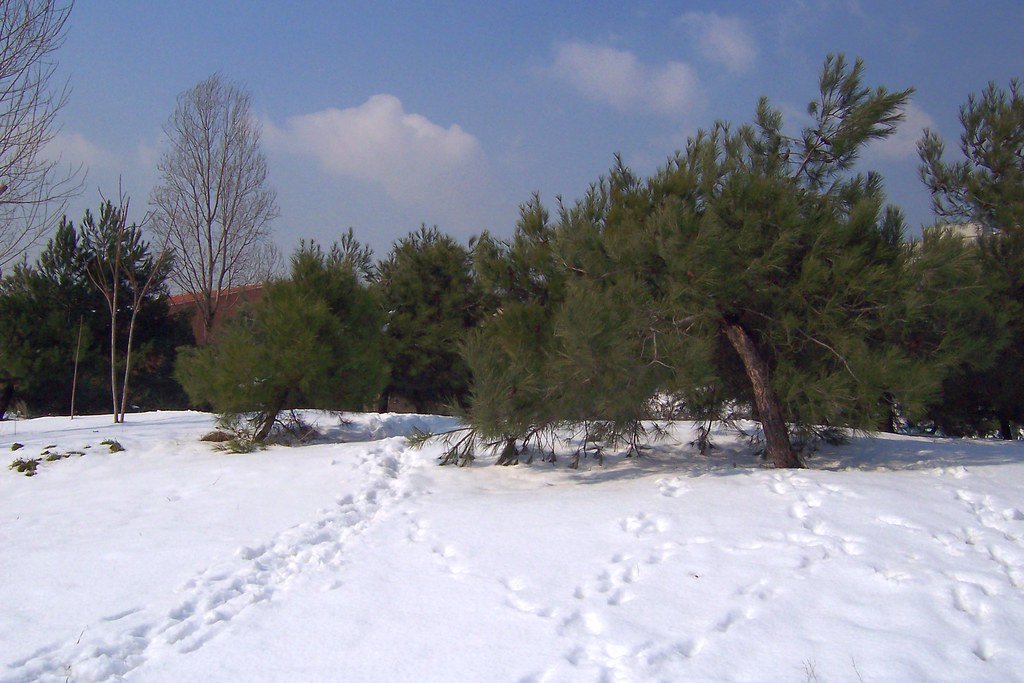
Life on a mountain isn’t exactly a botanical vacation – it’s more like nature’s version of extreme sports. Plants that call these heights home have to deal with conditions that would make a cactus weep: freezing temperatures that can drop below zero even in summer, winds that could knock you off your feet, and UV radiation so intense it’s like getting a sunburn through a magnifying glass. The growing season? Try two months if you’re lucky. Most mountain plants have basically said ‘forget growing tall’ and instead hug the ground like they’re afraid of heights, forming dense cushions that look more like green carpets than traditional flowers. Some have developed leaves so thick and waxy they could probably survive a nuclear winter, while others have turned purple or silver to reflect that brutal mountain sun. It’s survival of the most stubborn, and these botanical warriors have adapted in ways that seem almost alien compared to their pampered valley cousins.
When Mountains Become Islands: The Isolation Effect

Here’s where things get really wild – mountains don’t just shape how plants survive, they literally create new species by trapping them in sky-high prisons. Think of each mountain peak as a biological island floating in a sea of valleys, where plant populations get cut off from their relatives and start evolving on their own twisted timeline. A single mountain range can house dozens of species that exist nowhere else on Earth, like botanical celebrities with the world’s most exclusive zip codes. Take the Hawaiian silverswords – these bizarre, alien-looking plants evolved from humble tarweed ancestors into something that looks like it belongs on Mars, all because they got stuck on isolated volcanic peaks. The Rocky Mountains alone harbor over 200 endemic plant species, each one a living testament to what happens when you lock a plant population away for thousands of years and let evolution run wild. It’s like nature’s version of reality TV – put some plants in isolation, add extreme conditions, and watch them transform into something completely unrecognizable.



